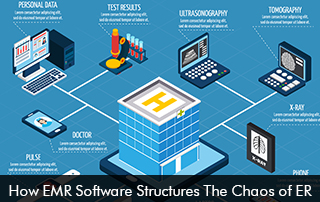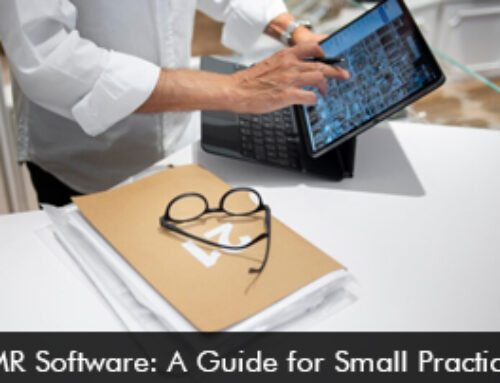In the frantic hustle of an emergency room (ER), every second counts. It’s a relentless ballet of urgency, where doctors and nurses are the unsung heroes navigating through a sea of chaos to save lives. In such an environment, the need for efficient organization and seamless communication is paramount. This is where EMR software steps in as a beacon of order amidst the tumult.
Electronic Medical Record (EMR) software acts as the digital backbone of modern healthcare facilities. It revolutionizes the way patient information is stored, accessed, and shared. Nowhere is its impact more pronounced than in the ER, where it serves as a lifeline for medical professionals grappling with the ever-shifting demands of critical care.
EMR Software And Real-Time Access to Patient Data
In the ER, time is the ultimate currency. Every decision hinges on swift and accurate information, and EMR software ensures that vital patient data is just a click away. From medical history and allergies to current medications and lab results, everything clinicians need to know is neatly organized within the digital confines of the EMR system.
Imagine a patient rushed into the ER with a severe allergic reaction. With EMR software, doctors can swiftly pull up the patient’s medical records, pinpoint the allergen, and initiate appropriate treatment without delay. This seamless access to comprehensive patient data not only saves time but also enhances the quality of care delivered.
Streamlined Workflow Management
ERs are bustling hubs of activity, with patients flowing in and out in a constant stream. Amidst this flurry of activity, effective workflow management is crucial to ensure that no patient slips through the cracks. EMR software acts as a virtual command center, orchestrating the intricate dance of patient care with precision.
Through customizable workflows and task assignments, EMR software helps streamline processes, ensuring that each step of patient care is seamlessly coordinated. From triage and assessment to treatment and discharge, every aspect of the patient journey is meticulously tracked and managed within the EMR system.
EMR Software And Integration of Multidisciplinary Teams
Collaboration lies at the heart of effective emergency care, with doctors, nurses, specialists, and support staff working in concert to deliver optimal outcomes. EMR software serves as a unifying platform, bridging the gap between disparate healthcare professionals and fostering seamless communication and collaboration.
Within the digital realm of the EMR system, multidisciplinary teams can share real-time updates, exchange critical information, and coordinate care plans with unparalleled efficiency. Whether consulting a specialist, seeking second opinions, or communicating with ancillary services, EMR software facilitates seamless collaboration across the care continuum.
Decision Support and Clinical Guidance
In high-stakes environments like the ER, clinical decision-making is often fraught with uncertainty. EMR software lends a guiding hand to healthcare providers, offering decision-support tools and clinical prompts to aid in diagnosis and treatment.
By leveraging evidence-based guidelines, best practices, and patient-specific data, EMR software empowers clinicians to make informed decisions with confidence. Whether suggesting potential diagnoses, flagging drug interactions, or prompting follow-up actions, these decision-support features enhance the quality and safety of care delivered in the ER.
EMR Software Documentation and Compliance
Accurate and timely documentation is not only essential for continuity of care but also critical for regulatory compliance and reimbursement. EMR software automates the documentation process, allowing clinicians to efficiently capture patient encounters, procedures, and interventions in real-time.
By standardizing documentation practices and ensuring completeness and accuracy, EMR software helps mitigate the risk of errors and omissions. Moreover, by generating structured clinical notes and reports, EMR software facilitates seamless communication between healthcare providers and supports continuity of care across transitions.






